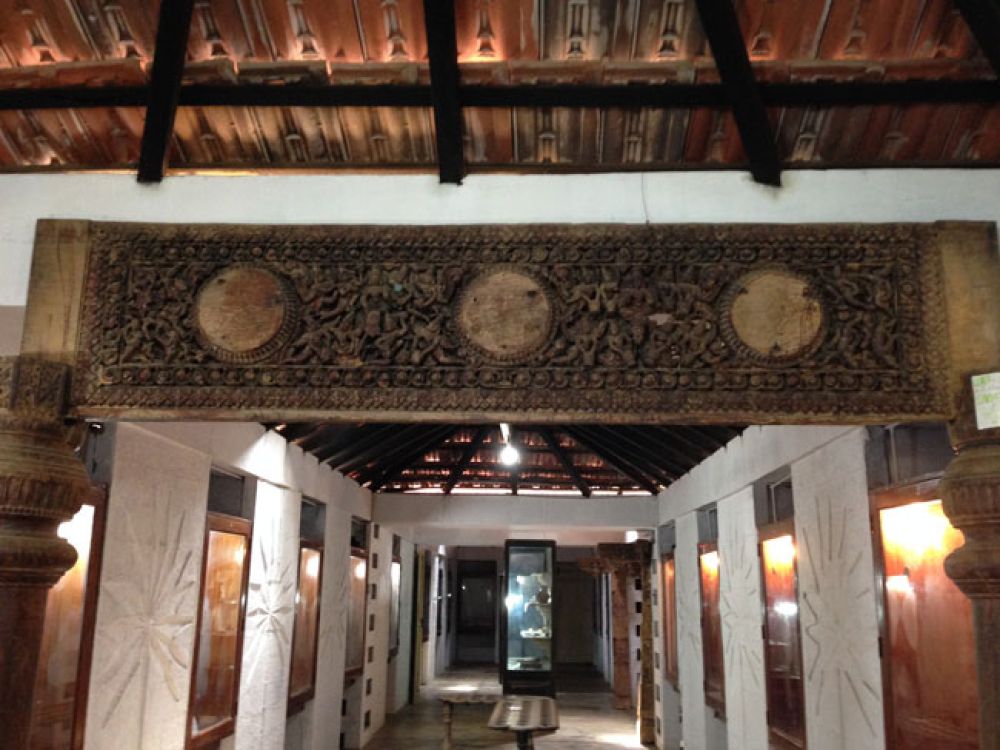

Visiting the Jaffna Archaeological Museum can be a fascinating experience for those interested in the rich cultural history of northern Sri Lanka. The ideal time to plan a visit to Jaffna, including the museum, is typically between January and April. During these months, the weather is generally dry and the temperatures are moderate, making outdoor exploration comfortable. The monsoon season, which can bring heavy rainfall, occurs from October to December, so planning your visit outside of these months is wise to avoid potential flooding and travel disruptions. Additionally, the Tamil Thai Pongal Festival, celebrated mid-January, can be a culturally vibrant period to experience local festivities during your visit.
For those looking to avoid crowds, weekday visits can be preferable as weekends and public holidays might attract more local visitors. However, should your visit coincide with a festive period or weekend, it could offer a unique opportunity to see the museum in a lively cultural context. The museum generally operates from 9 am to 5 pm, but it's recommended to check for any changes in opening hours prior to your visit. Make sure to set aside enough time to fully appreciate the museum's artifacts and exhibits which provide insight into the ancient civilizations that once flourished in the region. To enhance your experience, consider hiring a local guide who can provide detailed explanations of the exhibits and the history of Jaffna.
| Month | Min Temp | Max Temp |
|---|---|---|
| January | 23 °c | 29 °c |
| February | 23 °c | 30 °c |
| March | 24 °c | 31 °c |
| April | 26 °c | 32 °c |
| May | 26 °c | 33 °c |
| June | 26 °c | 32 °c |
| July | 25 °c | 32 °c |
| August | 25 °c | 32 °c |
| September | 25 °c | 31 °c |
| October | 24 °c | 30 °c |
| November | 23 °c | 28 °c |
| December | 23 °c | 28 °c |